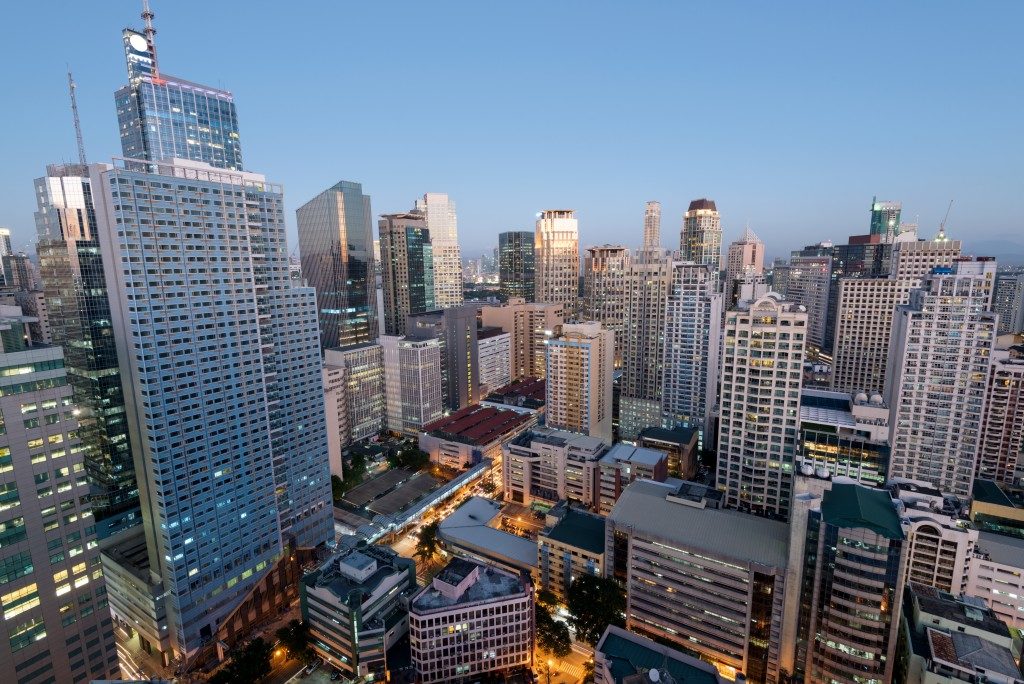The worsening traffic situation in Metro Manila and the Greater Manila areas will soon make major cities uninhabitable. If the country’s underdeveloped infrastructure remains unaddressed, traffic congestion is bound to get worse in the next few years.
The auto industry projects annual new car sales will also continue to grow and reach 500,000 by 2020. Although in 2018, the industry saw a 16 percent decrease in car sales as reported by the Chamber of Automotive Manufacturers of the Philippines, Inc. and the Truck Manufacturers Association. The decrease was due to the higher excise taxes imposed by the government in its new tax scheme. This is the first decline in car sales in seven years and the market is expected to pick up this 2019.
Too many cars, too little space
Part of the reason people choose to purchase their own vehicles is due to the unreliable mass transport system. But Metro Manila has limited road space and it can’t accommodate the rising number of vehicles that are using these roads. According to the Metro Manila Development Authority, more than 400,000 vehicles pass through EDSA every day, which exceeds its capacity of 288,000 by over a hundred thousand. In 2018, out of the 367, 728 vehicles that traverse EDSA, 67 percent are private vehicles.
Improving mass transportation networks, especially the train and bus systems, will move more people at the same time and decongest the city’s major thoroughfares. Recently, the national government implemented a rehabilitation program to improve the MRT-3, which traverses EDSA.
The government awarded the rehabilitation and maintenance contract to Japanese firms Sumitomo Corporation and Mitsubishi Heavy Industries. The program will not only solve the malfunctions and technical difficulties MRT-3 has been experiencing for the last three years, it will also improve the overall service and operations of the train line. By the end of the contract, MRT-3 will have 20 train sets with three coaches each, arriving in stations every 3.5 minutes, which will address the long waiting time problem of passengers.
On an individual level, there are also ways to contribute to decongesting Metro Manila. Instead of riding a taxi, you can opt for ride hailing carpool services, which reduces the number of single-person cars on major roads. If you’re looking for more flexible and customizable terms to accommodate the carpool situation of you and your colleagues, you can look for sedan rental service companies that offer daily, weekly, or monthly rentals.
Underdeveloped rural areas
 Another reason for the congestion in Metro Manila is the flocking of people from rural areas to the megacities. Due to the fact that the income and poverty rate in provinces are lower than in urban areas, people migrate from the countryside to seek better opportunities in the city. The World Bank predicts that by 2050, the number of people in the cities will double to 102 million, which is 65 percent of the total population. And as more and more people relocate to Metro Manila, the traffic situation also gets worse.
Another reason for the congestion in Metro Manila is the flocking of people from rural areas to the megacities. Due to the fact that the income and poverty rate in provinces are lower than in urban areas, people migrate from the countryside to seek better opportunities in the city. The World Bank predicts that by 2050, the number of people in the cities will double to 102 million, which is 65 percent of the total population. And as more and more people relocate to Metro Manila, the traffic situation also gets worse.
The solution is to focus on developing the rural areas. Because most provinces rely on the agricultural and fishing sector for livelihood, the government should increase its efforts in improving these industries. But today, farmers and fishermen are the lowest paid in the country. This discourages people in the countryside from pursuing these industries so instead, they look for employment opportunities in key urban areas.
If people had better opportunities in the countryside, they won’t have to relocate to Metro Manila.
The congestion in major cities in the metro can be attributed to a variety of factors. The best way to address this is to shift the focus from moving cars to moving more people. Although the more impactful solutions will come from the government, you also need to do your part in easing the traffic problem in Metro Manila.

